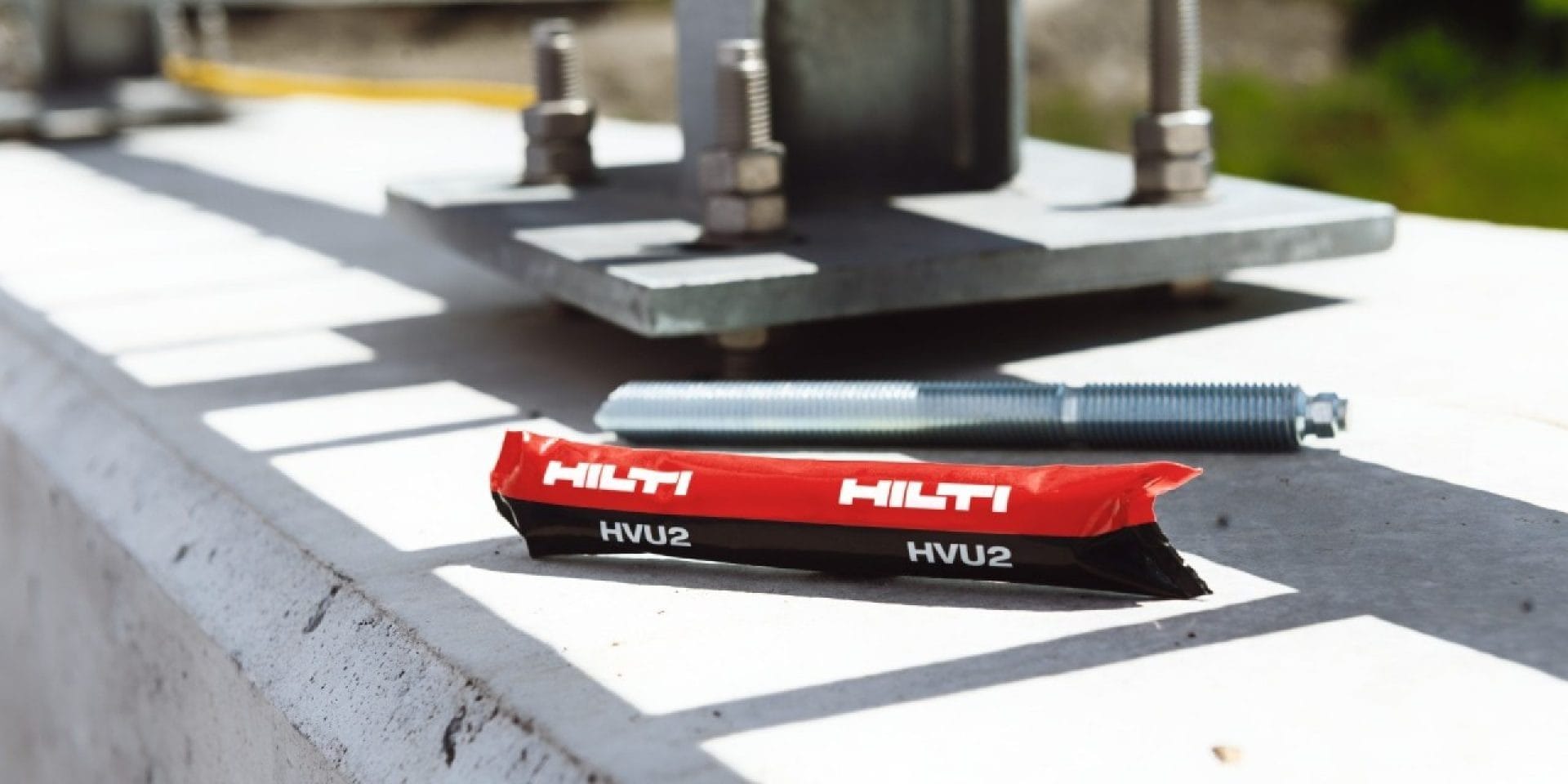HILTI ANCHORING SYSTEMS MAKING IT EASY TO COMPLY WITH THE NCC

Hilti’s ETA-approved anchors are compliant with the Australian standard
Hilti has the widest range of NCC-compliant anchor systems, along with all the dispensers, accessories and testers needed to ensure they're used to their full capacity. Because we've always had our products tested via an ETA, there's no need to change any of the technology as it's already at the top of the tree. Finding out which one is right for you is as simple as browsing our selection or getting in touch with our engineering or customer service team on 131 292.
In addition, when it comes to designing anchors, Hilti's PROFIS Engineering software is the anchor design program's fully compliant with the new standard - providing a one stop solution for engineers across Australia. So, whether you're after chemical and mechanical anchors, you can rest easy knowing that PROFIS Engineering will help you to use them to their best ability.
After all, anchoring is a crucial part of construction, and it's important to get it right. We at Hilti are driven to make a difference, whether that's through providing the best products or testing existing anchors to make sure they're up to par.
AVAILABLE FOR DOWNLOAD
-
See our wide range of NCC compliant anchors
RELATED SOFTWARE
Ask an engineer
